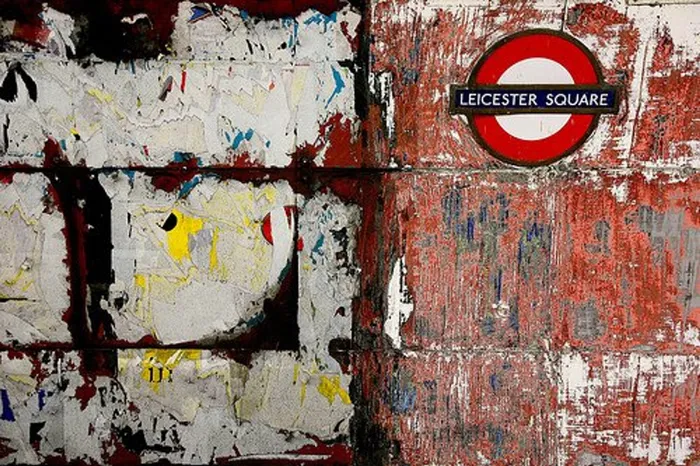Lively markets and tasty pies in Leicester

In 1985 Leicester was the place where DNA profiling was first used. The Great Hall in the Guildhall is reputedly Leicester's most haunted building, claiming five ghosts, including the mysterious White Lady. It was also a venue for bear bating.
Newarke House Museum hosts Britain's heaviest maen Watkinsn, Daniel Lambert, born in 1770 and one-time keeper of Leicester jail. Despite eating only one meal a day, he weighed 334kg with a waist of 2.85m.
Visit nearby Loughborough Bell Foundry and Museum, owned by the Taylor family since 1784, and see the largest bell to be cast - the 16-ton Great Paul bell for St Paul's Cathedral, made here in 1881. Horse manure, sand and hay are still used to form the hollow core of the bells; each one is cast by hand.
"Four fer a pound tomao's" is a cry I remember from childhood - pyramids of glossy apples and juicy oranges from the Cape. Maybe that's why I came to Cape Town, more likely because Leicester is the furthest point in England from the sea and mountains. On numerous visits to family I relived childhood memories and the quote by Christopher Winn materialised: "I never knew that about England."
Over the years Leicester, pronounced Lester, has suffered the triple disaster of wartime damage, uninspired post-war development and catastrophic industrial decline.
Despite this, it has reinvented itself as an ethnic entrepot of multi-racialism and wide-ranging interests. With Hindu, Muslim, Jain and Sikh temples, Leicester has the largest Diwali festival outside India and boasts having the first Asian cemetery in Britain.
About 2011 Leicester is predicted to be the first British city where white people will become the minority.
But Leicester is possibly most famous as the site where the DNA profiling technique was reported by Sir Alec Jeffreys in 1985 at the University of Leicester. On a more frivolous note, Extreme Ironing was invented here.
But for me it's the market, in the heart of the city, the largest of its type in Europe. It stretches back 700 years with more than 300 stalls, selling everything from fresh fruit and vegetables to clothing, jewellery and gifts. Although open air, the market has a food hall and fish market with fresh produce from around the world.
It's not just the market that makes Leicester a renowned shopping destination. Around the central Clock Tower are the Shires and the Haymarket shopping malls, while nearby are the smaller St Martin's Square and the Leicester Lanes. Further away, and for a very different shopping experience, head for Leicester's Belgrave Road with its silk, saris, samoosas and spices.
Adjacent to the market is Horsefair Street, named because horses were bought and sold in the neighbouring fields. Nowadays the Town Hall Square is a focal point, the building used as a bicycle park with indoor racks, repairs, sales and accessories, due to Leicester's growing network of cycleways.
Leicester has come a long way from being a pre-Roman settlement on the bank of a marshy river. As it's on the Soar River and the Grand Union Canal, I spent much time exploring the network of footpaths and cycleways stretching along the riverside, through and beyond the city, encompassing wetlands, parks, nature reserves, farmland, industry and open spaces.
Industry focused on textiles and engineering, rely on the river and canal to transport raw materials and products. Many textile factories and mills still stand with reminders on the canal's east bank, made of leather off-cuts from a shoe works. Limekiln Lock is named after the kilns where boats brought in coal and took away lime.
I took a train to Melton Mowbray in Leicestershire, famous for its markets, tasty pork pies and creamy Stilton cheese. I stopped to sample these and other local delicacies at Ye Olde Pork Pie Shoppe.
You're unlikely to find Leicester in the guidebooks, but it's well worth a visit.
If you go
- The M1 motorway passes through Leicester. If you drive there, take junctions 20 to 24. Leicester is an hour from Birmingham and two hours from Manchester and London.
If you go by train, take the East Midlands line from London St Pancras to South Yorkshire - it takes 75 minutes.
- The East Midlands airport is based in North Leicestershire and Birmingham International Airport is 45 minutes by car from Leicester.
- To find out about the Grand Union Canal in the Soar Valley, see www.fipt.org.uk, or call 0116 279 2657.
- To book accommodation or for further information, see www.britinfo.net/index_ Leicester.htm